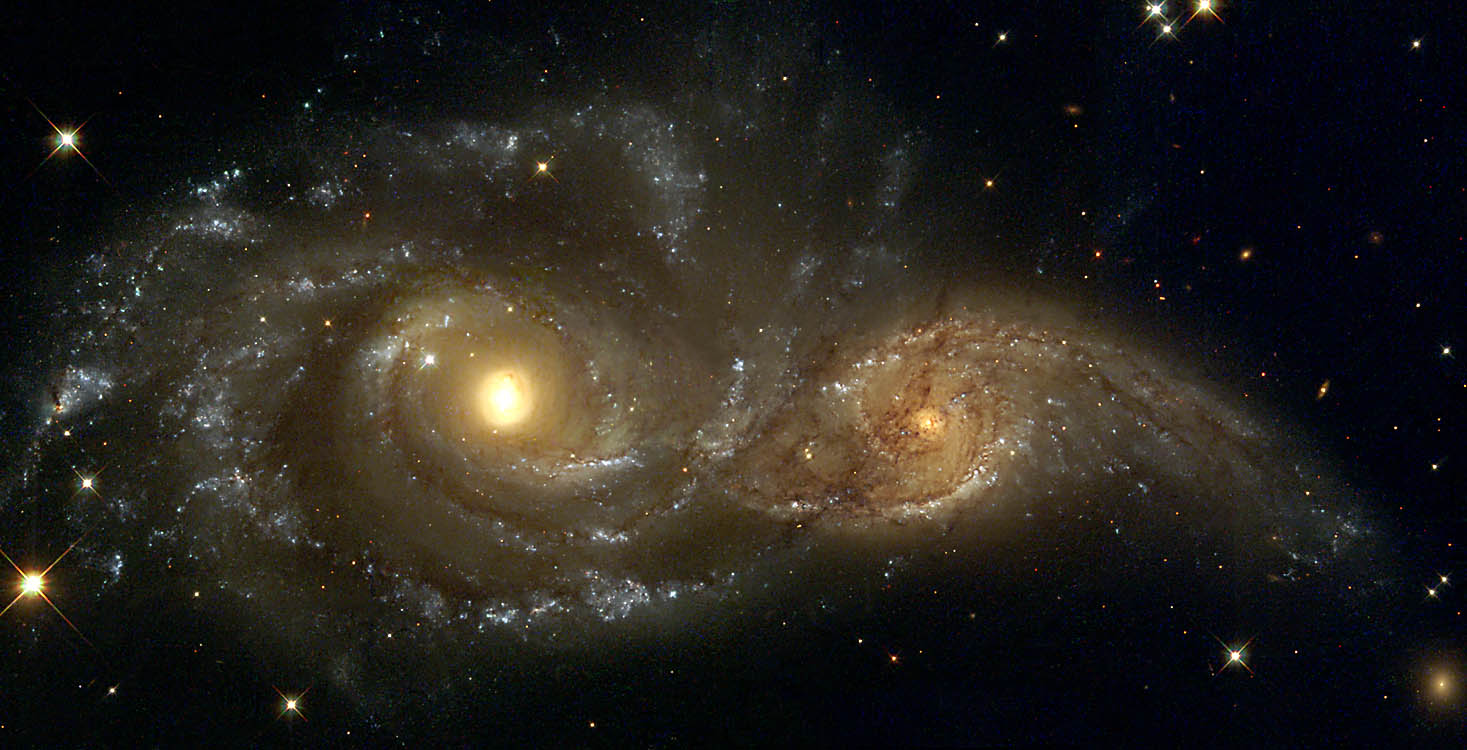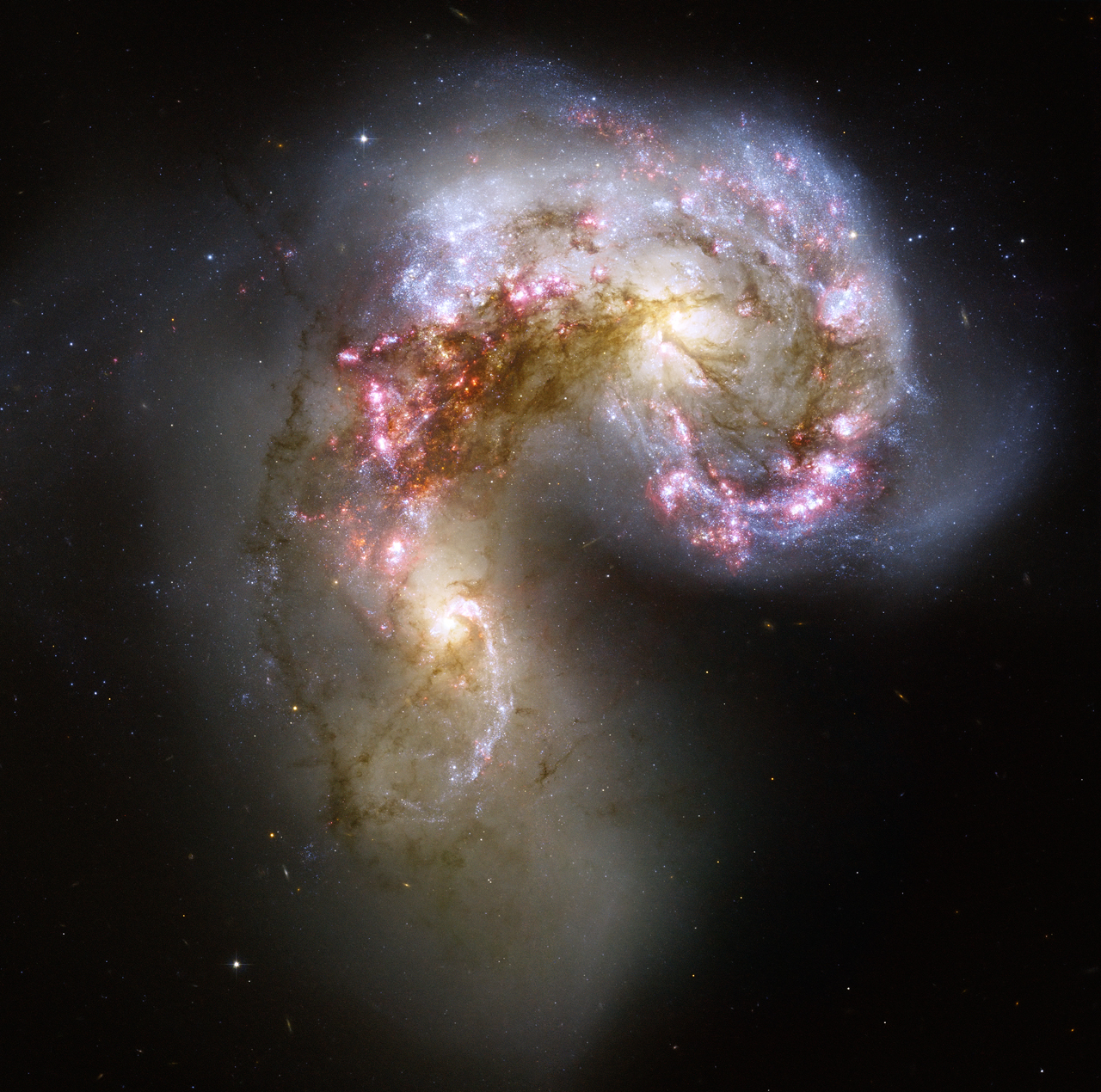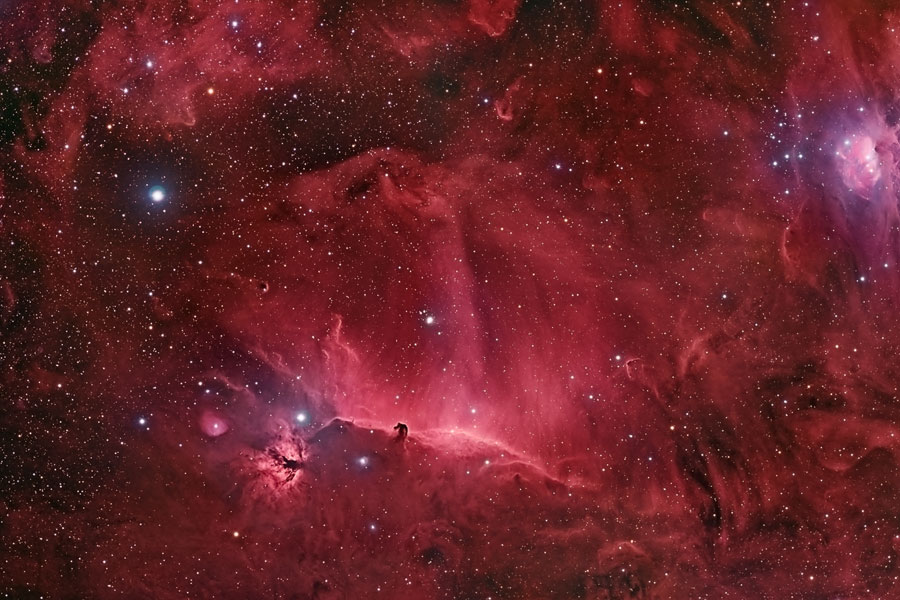MIAMI More than 8,000 NASA contractor jobs in the nation's manned space program could be eliminated after the space shuttle program is shut down in 2010, the agency said Tuesday.
The number of civil servants is expected to remain roughly the same, but dramatic job cuts are possible among private contractors as NASA transitions to the Constellation program, which is developing the next-generation vehicle and rockets to go to the moon and later to Mars.
Constellation isn't scheduled to begin flights until 2015.
Bill Gerstenmaier, an associate administrator for the space agency, cautioned that the estimates of job losses were preliminary and don't take into account numerous factors of potential workload. "Don't overreact to these numbers," he said.
NASA acknowledged job losses could fluctuate depending on who's occupying the White House next year and their support for space exploration.
The bleakest forecast was issued for the flagship Kennedy Space Center at Cape Canaveral, Fla., where just 1,600 to 2,300 employees were expected to remain in 2011, a cut of up to 80 percent from its current 8,000 workers. The Michoud Assembly Facility near New Orleans was forecast to lose as many as 1,300 of its 1,900 jobs.
"Our greatest challenge over the next several years will be managing this extremely talented, experienced and geographically dispersed workforce as we transition from operating the space shuttle to utilizing the International Space Station," the report said.
Nationally, NASA said the number of full-time civil servants in its manned space program would fall to about 4,100 in 2011, a loss of about 600 jobs from this year. Including outside contractors, the number of jobs would fall to an estimated 12,500 to 13,800. About 21,000 are currently employed.
NASA said it could be more than a year before it has more dependable job forecasts.
Florida Gov. Charlie Crist said the state was committed to trying to blunt the impact of the job losses with an aggressive effort to lure new contractors to the area that would work with future NASA flights, as well as private launches. In all, he said the state was trying to attract more than 50 space-related firms to the state.
"This rapid shift is opening doors for new companies and technologies that are blurring the previous separations between aviation and spaceflight," Crist said.
Tracy Yates, a spokeswoman for United Space Alliance, the largest space shuttle contractor, said the new report came as no surprise. "It's no secret here that we will






































